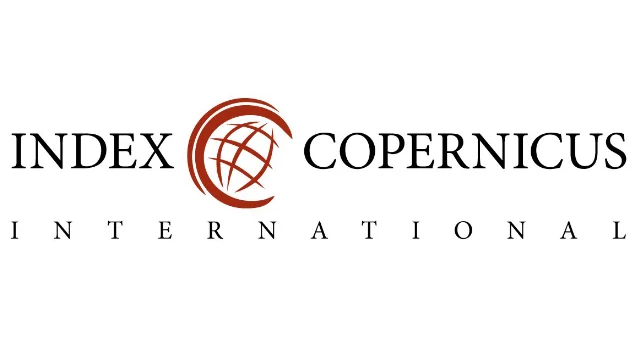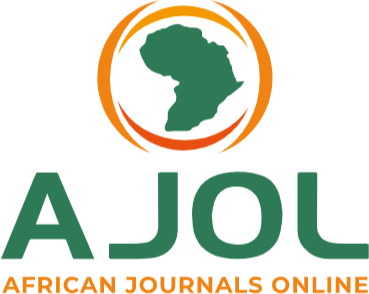Excess Parameters of Binary Mixtures of Nitrobenzene-Dimethyl Sulphoxide (Nb-Dmso)
Keywords:
Electrolytes, battery, excess parameters, nitrobenzene and dimethyl sulphoxideAbstract
Orjiocha, Samuel Ibezim, Ibezim-Ezeani, Millicent Uzoamaka, Abugu, Hillary Onyeka, Ogbodo, John Onyebuchi, Akor Joseph, Nwanya, Assumpta Chinwe, and Horsfall Micheal
Recently there is an increased quest for alternative forms of electrolytes outside the conventional acid-based electrolytes in battery cell technology because of the health, environmental and cost, implications of acid.
The present study explored the possibility of using organic solvent as an alternative electrolyte in battery cell technology by studying those excess parameters which are related to the liquid mixtures of nitrobenzenedimethyl sulphoxide with a mandate to determine the intensity of the molecular interactions of the binary mixed system. The viscosities, densities, conductivity and pH of the binary solvent were determined using the percentage composition of 0 to 100 % at the following temperature range, 298.15, 303.15, 318.15, 328.15, and 338.15K respectively. Other parameters such as the molar volume (????m), excess molar volumes (????m ????), excess viscosity (???? E ), excess Gibbs’ free energy of activation of viscous flow (????∗ E ) and GrunbergNissan interaction parameters (d), were determined using the experimental values of the density and viscosity. For the molecular interaction of the mixtures studied, the deviations from the parameters in the composition of the binary mixture and temperature were also investigated. There was a decrease in the pH and an increase in the viscosity and density of the results obtained from the experiment as the system temperature and the mole fractions of nitrobenzene increased. The excess parameters were all negative values indicating the dominance of dipole-dipole interactions within nitrobenzenedimethyl sulphoxide solvent mixture. The investigation indicated that the solvent mixture behaviors support the need to use the solvents as an alternative electrolyte in battery cell technology
Downloads
Published
Issue
Section
Similar Articles
- Anduang Ofuo Odiongenyi, Influence of Sol Gel Conversion on the Adsorption Capacity of Crab Shell for the Removal of Crystal Violet from Aqueous Solution , Communication In Physical Sciences: Vol. 8 No. 1 (2022): VOLUME 8 ISSUE 1
- YUSUF MOHAMMED AUWAL, OSITA CHUKWUDI MELUDU, TIMTERE PASCAL, Computational Modeling and validation of Indoor Radon Gas Dynamics and Accumulation Using Ansys Fluent Simulation , Communication In Physical Sciences: Vol. 12 No. 4 (2025): VOLUME1 2 ISSUE 4
- Usman Mohammed, Doguwa Sani Ibrahim, Mohammed Aminu Sulaiman, Reuben Oluwabukunmi David, Sadiq Ibrahim Abubakar, Development of Topp-Leone Odd Fréchet Family of Distribution with Properties and Applications , Communication In Physical Sciences: Vol. 12 No. 4 (2025): VOLUME1 2 ISSUE 4
- Etido P. Inyang, Joesph E. Ntibi, Olumuyiwa O. Akintola, Efiong A. Ibanga, Funmilayo Ayedun, Eddy S. William, Analytical solutions to the Schrödinger Equation with a Combined Potential using the Series Expansion Method to Study Selected Diatomic Molecules , Communication In Physical Sciences: Vol. 8 No. 2 (2022): VOLUME 8 ISSUE 2
- Idayat Abubakar Salau, Aminu Suleiman Mohammed, Hussaini Garba Dikko, Type I Half-Logistic Exponentiated Kumaraswamy Distribution With Applications , Communication In Physical Sciences: Vol. 12 No. 2 (2025): VOLUME 12 ISSUE 2
- Abdullahi Lawal, Musa Bello, Ahmed Musa Kona, Quasi-particle band structure and optical properties of Perylene Crystal for Solar Cell Application: A G0W0 Calculations , Communication In Physical Sciences: Vol. 8 No. 2 (2022): VOLUME 8 ISSUE 2
- John Paul Shinggu, Emmanuel Edet Etim, Alfred Ikpi Onen, Quantum Chemical Studies on C2H2O Isomeric Species: Astrophysical Implications, and Comparison of Methods , Communication In Physical Sciences: Vol. 9 No. 2 (2023): VOLUME 9 ISSUE 2
You may also start an advanced similarity search for this article.




